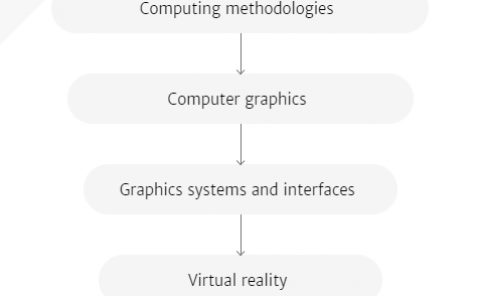Revisiting Milgram and Kishino’s Reality-Virtuality Continuum
PubDate: March 26, 2021
Teams: La Trobe University;University of North Carolina
Writers: Richard Skarbez, Missie Smith, Mary C. Whitton
PDF: Revisiting Milgram and Kishino’s Reality-Virtuality Continuum

Abstract
Since its introduction in 1994, Milgram and Kishino’s reality-virtuality (RV) continuum has been used to frame virtual and augmented reality research and development. While originally, the RV continuum and the three dimensions of the supporting taxonomy (extent of world knowledge, reproduction fidelity, and extent of presence metaphor) were intended to characterize the capabilities of visual display technology, researchers have embraced the RV continuum while largely ignoring the taxonomy. Considering the leaps in technology made over the last 25 years, revisiting the RV continuum and taxonomy is timely. In reexamining Milgram and Kishino’s ideas, we realized, first, that the RV continuum is actually discontinuous; perfect virtual reality cannot be reached. Secondly, mixed reality is broader than previously believed, and, in fact, encompasses conventional virtual reality experiences. Finally, our revised taxonomy adds coherence, accounting for the role of users, which is critical to assessing modern mixed reality experiences. The 3D space created by our taxonomy incorporates familiar constructs such as presence and immersion, and also proposes new constructs that may be important as mixed reality technology matures.

